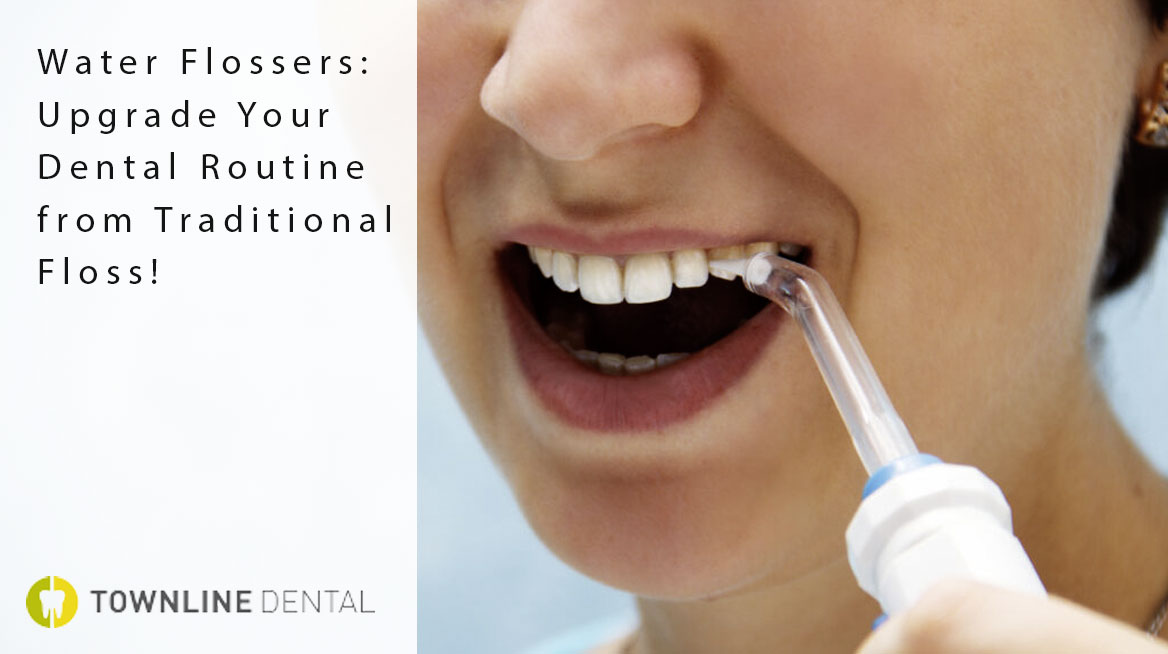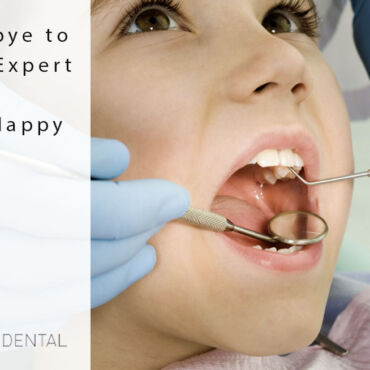Ready to step up your dental care game? Say farewell to old-fashioned dental floss and welcome water flossers! Discover why they’re becoming the top pick for oral health fans. Let’s dive into the world of water flossers together!
How water flossers work
Water flossers use water pressure and pulsation to clean teeth and gums effectively. Consisting of a reservoir, motor, and nozzle, they pump water at high pressure to create a powerful stream. To use, fill the reservoir, choose your pressure, and aim the nozzle between teeth and along the gum line, moving it gently. The pulsating action dislodges plaque and debris, while water pressure flushes them away. Remember, water flossers complement brushing but shouldn’t replace it for proper oral hygiene.
Choosing the right water flosser for your needs
When choosing a water flosser, consider these factors:
- Dental Needs: Look for adjustable pressure settings and specialized attachments if you have sensitive gums, braces, or implants.
- Size and Portability: Opt for a cordless or shower water flosser if you have limited space or travel often. For more power and a larger reservoir, choose a countertop model.
- Ease of Use: Select a model with easy-to-use controls and a comfortable grip. Some may have extra features like timers or UV sanitizers for added convenience.
- Budget: Water flossers come in various price ranges, so find one that fits your budget while meeting your dental needs. Remember, investing in oral health is investing in overall well-being.
Water flosser vs traditional dental floss: pros and cons
Traditional Dental Floss:
- Affordable and widely accessible
- Effectively removes plaque and debris, especially in tight spaces
- Provides tactile feedback for targeted cleaning
- Can be time-consuming and cumbersome to use
- May cause discomfort, especially for sensitive gums or dental work
- Not suitable for individuals with limited dexterity
Water Flossers:
- More convenient and gentle flossing experience
- Reaches areas traditional floss may miss
- Ideal for those with braces, implants, or sensitive gums
- Can be more expensive upfront
- Requires a power source or batteries
- May not provide the same tactile feedback as traditional floss
Ultimately, the choice depends on personal preferences, dental needs, and lifestyle. Some may prefer a combination of both for a thorough clean.
Tips for using a water flosser effectively
To make the most out of your water flossing routine, here are some expert tips to keep in mind:
- Start with a lower pressure setting and gradually increase it to ensure comfort and avoid gum irritation.
- Hold the water flosser nozzle at a 90-degree angle to your gum line for optimal cleaning.
- Spend at least one minute flossing to ensure a thorough clean.
- Move the nozzle along the gum line, focusing on each tooth individually.
- Aim the water stream between your teeth, targeting the areas where plaque and debris tend to accumulate.
- Use warm water in the reservoir to enhance the comfort of your flossing experience.
- Clean the water reservoir and nozzle regularly to prevent the buildup of bacteria or mold.
- Replace the nozzle every three to six months or as recommended by the manufacturer to maintain optimal performance.
Water flossers are the future of oral hygiene
Water flossers are changing dental care for the better with their effectiveness, convenience, and gentle cleaning. They’re gaining popularity among oral health fans for a reason. Using a water flosser guarantees a deep clean, lowers the risk of cavities and gum disease, and keeps your gums healthy. Say goodbye to regular floss and embrace the future of oral hygiene with a water flosser—you’ll be glad you did! Contact Townline Dental at 604-744-1513 to schedule an appointment.


